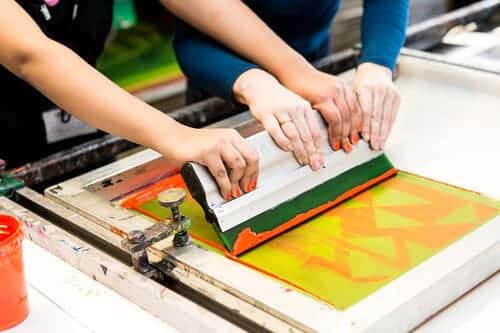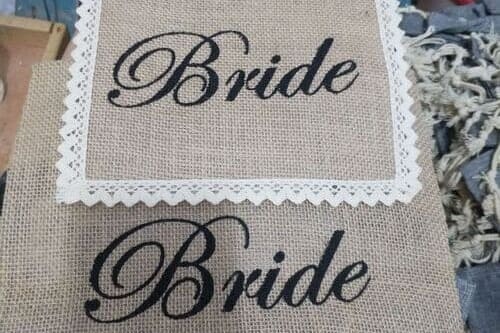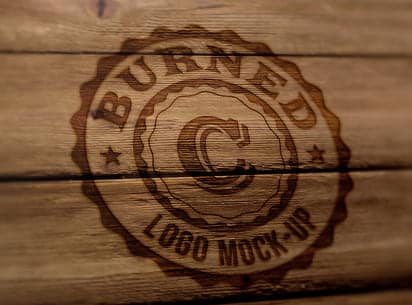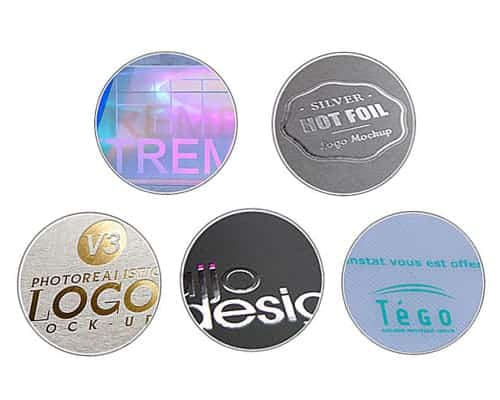5 Popular Printing Techniques for Packaging
By Hope Chan. Last updated: Aug. 21st, 2022
In a crowded market, eye-catching packaging is a sure-fire way to stand out. This is made possible by packaging with special shapes, vibrant colors, and catchy slogans. The easiest and cheapest method, however, is to take advantage of vibrant colors. So we’re going to explore different printing methods that can help you achieve the visual effect you desire.
Printing on plastic products can be done using 5 different methods:
1) Digital UV Printing
2) Offset Printing
3) Screen Printing
4) Hot Foil Stamping
5) Gold/Silver Stamping
Printing on a variety of materials is made possible using either of the above mentioned method. Each is unique in its own right, providing high-quality printing effect.
Without further ado, let’s explore each one in more detail.
Table of Contents
Digital UV Printing
What is Digital UV Printing?
It’s a printing technique that uses UV lighting to dry specialized ink onto the material of your choosing.

How does Digital UV Printing work?
Digital UV Printing technology is an ultraviolet curing technology, which requires specialized ink, cleaning agents and UV lighting. It can be used on most types of printable materials with completely different physical and chemical properties, including paper, cardboard, plastic sheets, films, etc.
UV light reacts so fast with specialized ink that it dries instantly, leaving no time for evaporation or absorption into the whatever material it is printed on. That’s why the printed colors are considered more vibrant than those obtained through other printing techniques. In short, it yields higher saturation and better color effect.
Now UV Printing is generally used for the cover of product profiles, magnetic cards, films and high-quality cosmetic packaging boxes, etc.
Why choose UV Printing?
>> Durable & Vibrant Colors
>> Scratch-resistant & Abrasion-resistant
>> Easy & Economical: It’s one of the easiest, most economical ways to print your custom packaging.
>> Small: It’s an excellent choice for small orders.

Offset Printing
What is Offset Printing?
Offset printing, also known as Lithographic Printing, is an indirect printing method in which an image is restored to a substrate using a printing plate and rubber blanket.
Offset Printing is the most common printing technique in packaging printing and has the outstanding advantage of high quality and efficiency in high volume printing, especially publications such as flyers, magazines and brochures.

How does Offset Printing work?
The design will first be etched onto an aluminum plate, making it the printing plate. And the ink will be transferred to a rubber blanket.
Then water and ink will roll over the plate and start the printing process, during which water wets the non-image areas while the ink adheres only to the image areas.
After several layers of various ink colors being rolled over to the printing surface, Voilà, a clean and accurate copy is finally made using Offset Printing technique.
So as you can see, the whole process takes careful setup and planning.
Why choose Offset Printing?
>> Flat: The printing surface must be flat for Offset Printing to work its magic.
>> High-end: It’s a premium, magazine-quality printing process.
>> Large: It’s an ideal printing method for large volume production.
>> Complicated: The printing process takes careful and complicated setup of the printers.

Screen Printing
What is Screen Printing and how it works?
This involves a mesh in the printing process. Apply pressure to the mesh and the ink will be transferred from the mesh onto the surface of the substrate. If the design requires multiple colors, then the whole transferring process will be repeated several times until the final look is achieved.

Photod by Lewis Bush
What's different about Screen Printing?
Screen Printing differs from other forms of printing in that it uses pigmented inks to form a thick layer of ink on the surface, resulting in bright, vibrant colors. It is the go-to solution for printing on clothing, plastic, wood, metal and glass. However, it is not suitable for intricate designs due to the limiting size of the mesh.
Why choose Screen Printing?
>> Fabrics: Screen Printing works best for clothing where long lasting appearance still remains even after being washed countless times.
>> Affordable: Screen Printing is an affordable option for large volume simple printing orders.
>> Durable: Ink doesn’t crack easily and can withstand multiple washings.

Hot Foil Stamping
What is Hot Foil Stamping?
Hot Foil Stamping technique is all about heat transfers. By applying heat and pressure, the design will be transferred from the foil to the substrate. Paper, silk fabric, plastic, and leather can all be treated with this technique.
When and where is Hot Foil Stamping used?

You can often see Hot Foil Stamping printing technique in high-grade, delicate packaging decorations, trademarks, book covers, and other printed materials, as well as household appliances, architectural decorative supplies, and craft items.
Due to its excellent physical and chemical properties, it provides a high-grade texture while also protecting printed materials.
Why choose Hot Foil Stamping?
>> Thermoplastic: Hot Foil Stamping printing can be used on all thermoplastic materials.
>> Decorative: Hot Foil Stamping is characterized by its metallic luster, bright color, and excellent decorative properties.
>> Visible: Looks good on any color and can increase the visibility of your product on shelf.

Gold/Silver Stamping
What is Gold/Silver Stamping?
Gold/Silver Stamping process is a type of Hot Foil Stamping, in which the aluminum layer from electrolytic aluminum is transferred to the surface of the substrate to produce a special metallic effect, making the design look gold-plated or silver-plated.


What makes Gold/Silver Stamping special?
Gold/Silver Stamping can highlight the design theme of a graphic design, especially when it comes to trademarks and registered names.
With Gold/Silver Stamping technique, you can create clear and beautiful patterns that are not only bright and eye-catching, but also wear-resistant and weatherproof.
Why choose Gold/Silver Stamping?
>> Elite: the gold-plated or silver-plated look can increase the perceived value of your product, making it more elite.
>> Anti-counterfeiting: You can also use holographic positioning stamping for trademark logos to make your product anti-counterfeiting.
